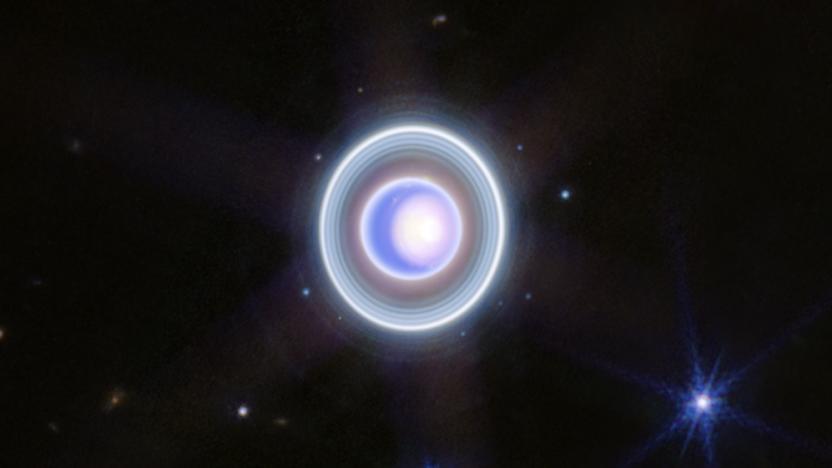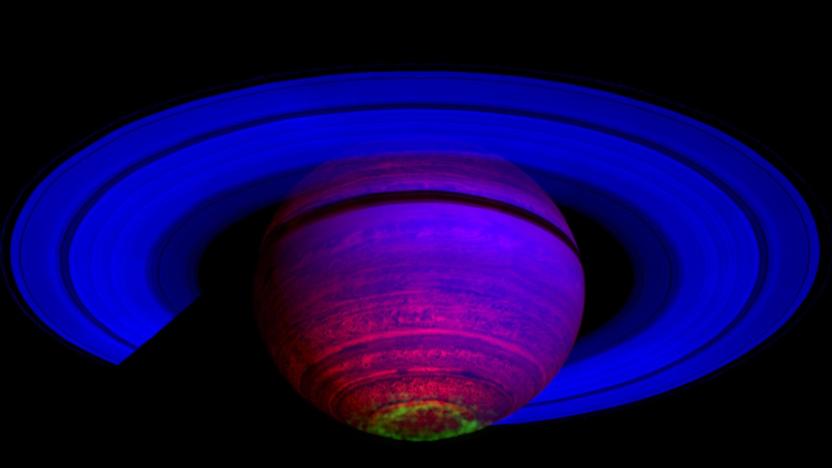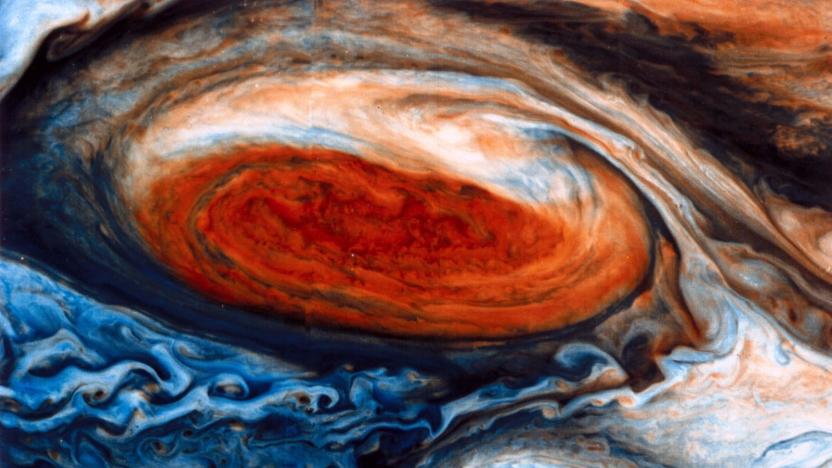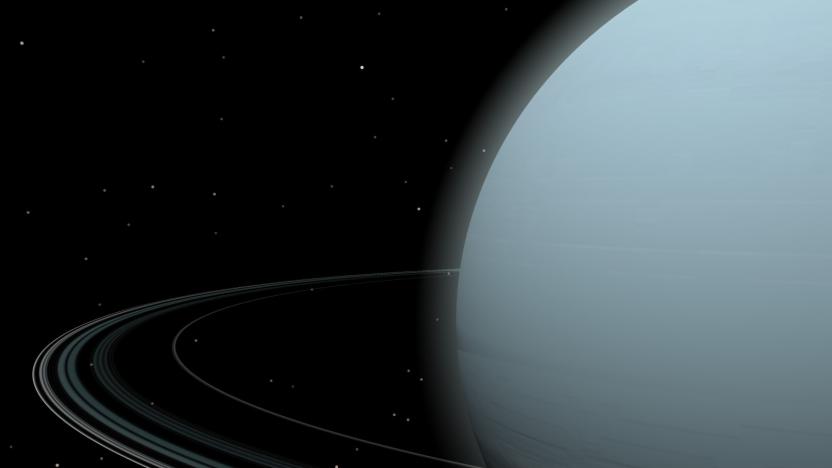uranus
Latest

Webb telescope’s new Uranus image looks like a portal to another dimension
The James Webb Space Telescope has a treat to celebrate the upcoming second anniversary of its launch. NASA and the ESA, which operate the craft alongside the CSA, shared a dazzling new image of the icy planet Uranus.

What's next for NASA as Cassini's mission comes to a close
After nearly two decades in space and 11 years studying Saturn (and its myriad moons), the Cassini spacecraft ended its mission at roughly 6:30 am Eastern on Friday when it slammed into the gas giant's suffocating atmosphere. It was an auspicious end for the $3.4 billion spacecraft, argues Curt Niebur, the program scientist for Cassini at NASA headquarters. "I find it exhilarating, myself," he said. "Instead of just crashing it into something and saying we're done, we're actually going after science questions that we never intended Cassini to answer. And we'll be able to address those. It's fantastic."

NASA seeks Jupiter's secrets with historic spacecraft flyover
Every planet in our solar system is famous for something. Saturn has its rings, Mars has its soil, Uranus has that unfortunate name, and Jupiter has the Great Red Spot: a titanic storm that has been spinning for more than 350 years. Though we've peered at the distant gas giant's iconic feature since the 1830s, we still know little about its inner workings. That could change on Monday night, when the Juno spacecraft flies directly over the Great Red Spot for the first time in human history.

Uranus might have two more moons
NASA launched its two Voyager probes almost 40 years ago, sending the first on a more direct route out of the solar system. Voyager 2 took a longer route to survey Neptune and Uranus in 1986, becoming the first and only spacecraft to fly by the ice giants. Scientists continue to comb over that data, and they might have just made a discovery from the 30-year-old recordings: Two additional moons orbiting Uranus, bringing its total to 29.


